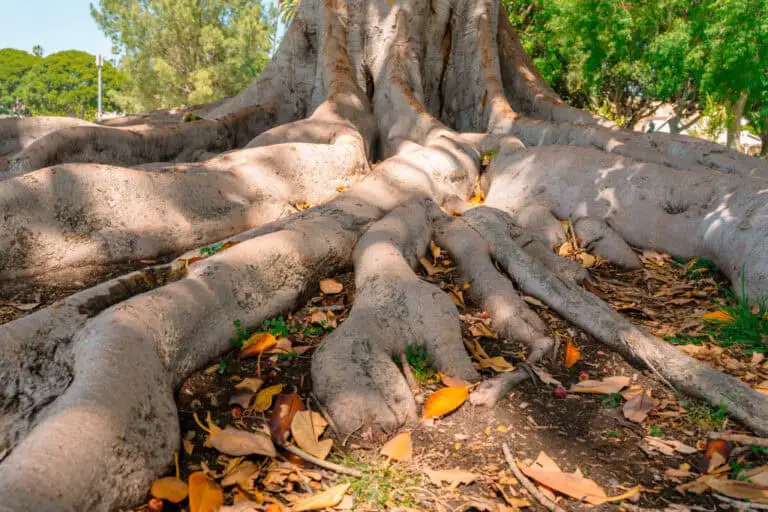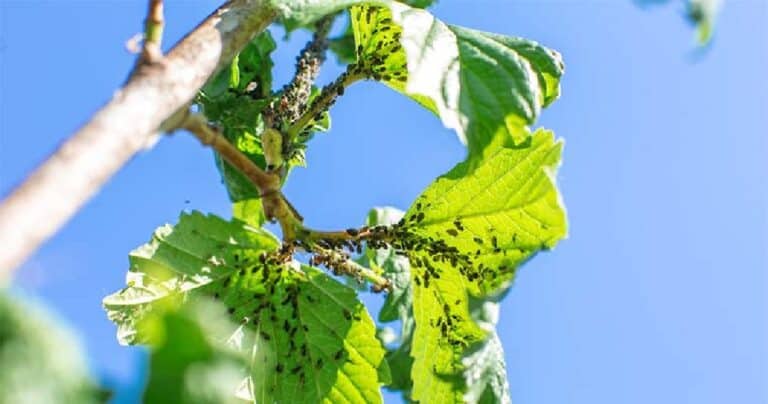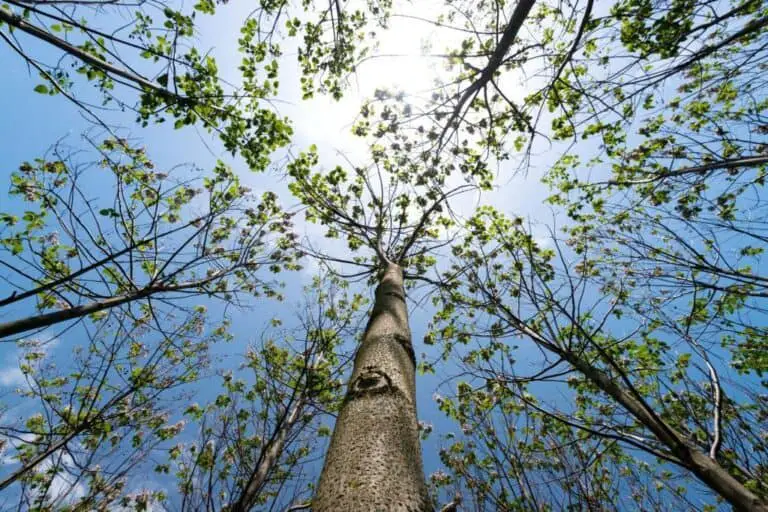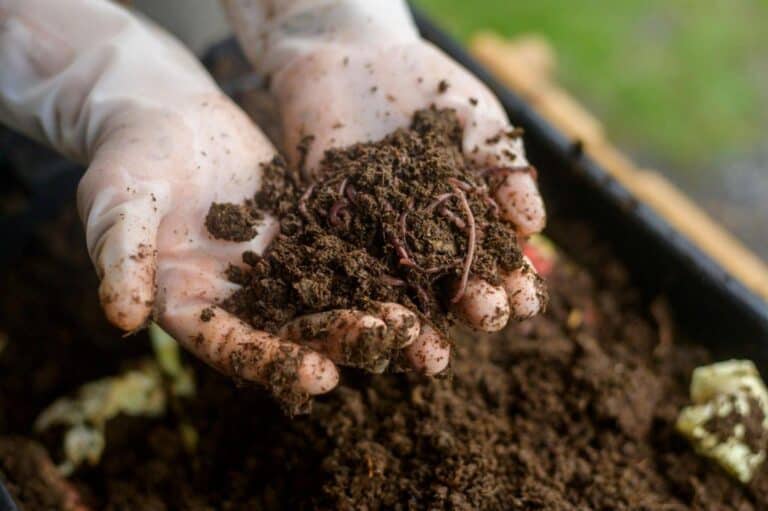How to Revive a Conifer Tree: Proven Tips for a Healthier Plant
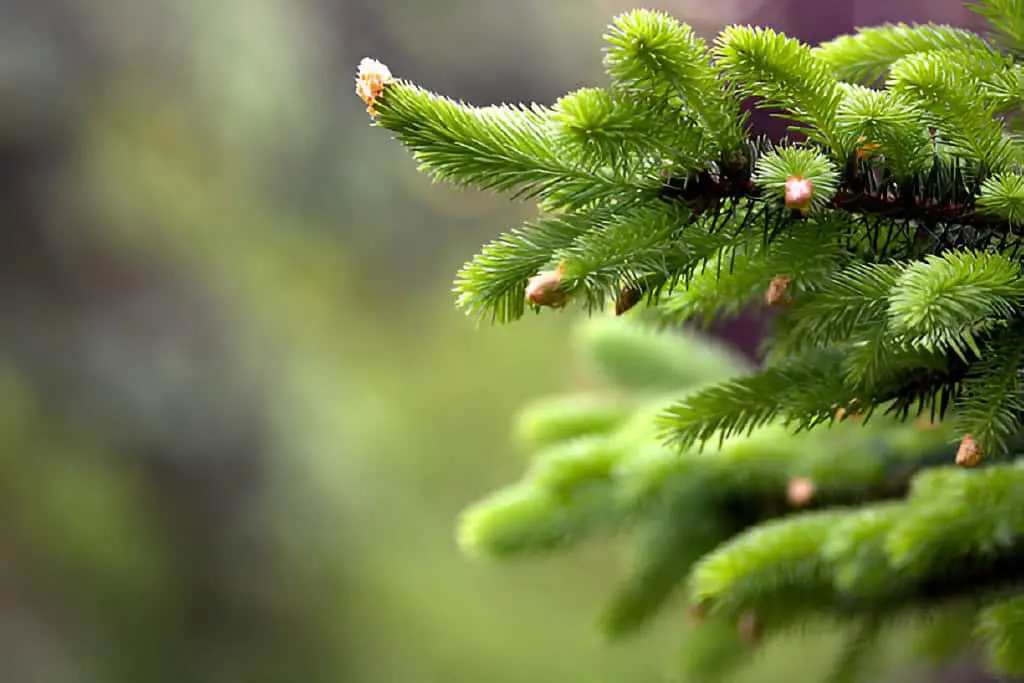
There’s something majestic about a conifer tree, isn’t there? The towering evergreens stand tall and proud. They defy the seasons. Their green foliage is a badge of honor, while the rest of the garden goes bare. But then, one day, I noticed that my conifer wasn’t looking so invincible.
Its once-vibrant needles turned brittle, some even brown, and it seemed like it was waving the white flag of surrender. If your conifer is struggling too, don’t worry—you’re not alone, and there’s still time to turn things around.
Introduction
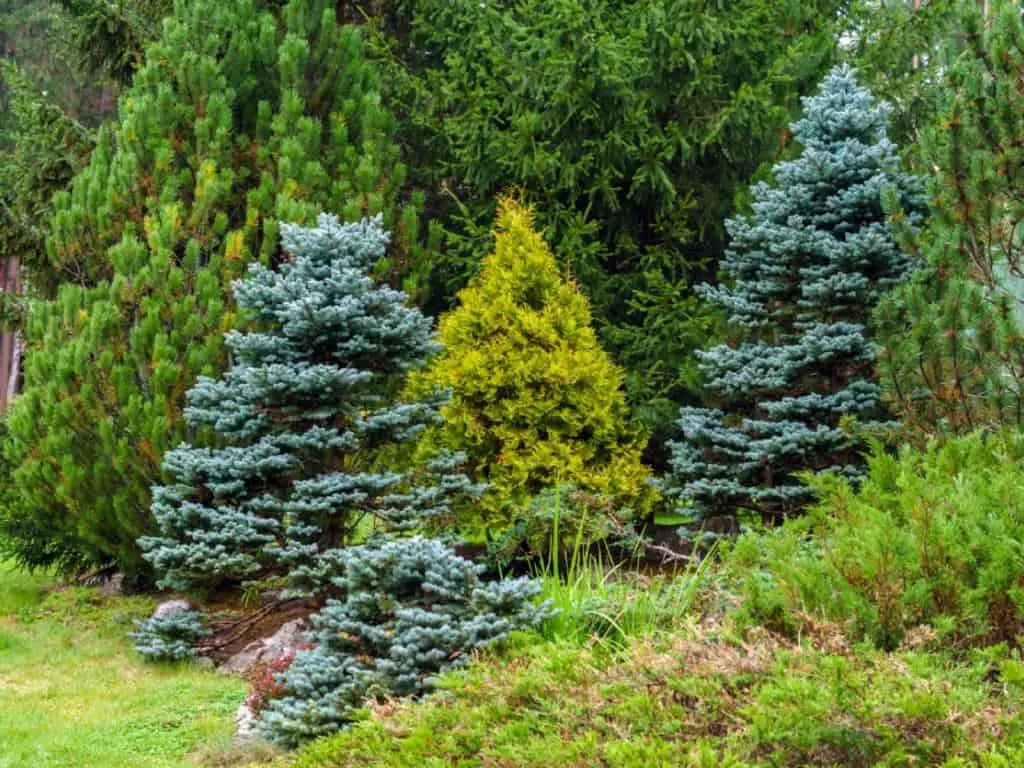
Conifer trees play a crucial role in gardens and landscapes, offering both beauty and functionality. Their evergreen foliage stays green year-round. It makes a lush backdrop in any outdoor space.
These trees also serve as windbreaks and privacy screens, shielding your garden from harsh winds and prying eyes. With their varied shapes and sizes, conifers can add texture and structure to your landscape, enhancing its overall appeal.
However, even the hardest conifer trees can sometimes show signs of distress. If you see browning needles, wilting branches, or slowed growth, your conifer tree may need attention.
Discolored needles often signal issues like nutrient deficiencies or pest infestations, while drooping branches may suggest problems with watering or soil conditions. Identifying these signs early can help you take the necessary steps to revive your tree and restore its health.
First, Why Is My Conifer Dying?
Before jumping into reviving mode, you need to figure out why your conifer tree is struggling. This is the part where we play detective. From environmental stress to pest invasions, conifers face various challenges, and pinpointing the problem helps us offer the right solution. Think of it like diagnosing an illness before deciding on the treatment.
Common Causes of Conifer Decline:
- Drought Stress: Conifers need regular water, especially in their first few years. A long dry spell or inconsistent watering can leave your tree thirsty.
- Pest and Disease Problems: Insects like aphids, bark beetles, or even fungal infections can wreak havoc on a conifer’s health.
- Soil Issues: Conifers thrive in well-draining soil. Poor drainage or compacted soil can suffocate the roots.
- Root Damage: Overzealous digging near the base, lawnmowers getting too close, or construction can harm the tree’s roots.
- Nutrient Deficiency: Just like us, trees need the right nutrients to stay strong. A lack of essential elements like nitrogen or iron can lead to poor growth and discoloration.
Once you have an idea of what’s causing the decline, you can take the necessary steps to help your tree regain its former glory.
Step 1: Watering Wisely
Water is life, and that goes for trees too. Many conifers suffer because they don’t get enough water, particularly during dry spells or when they are newly planted. But be careful—overwatering can also do more harm than good. The trick is finding the sweet spot.
Watering Tips:
- Deep Soaking: Instead of shallow, frequent watering, give your tree a good soak less often. This encourages the roots to grow deeper into the soil, where they’re better protected.
- Mulch for Moisture: A layer of mulch around the base (but not touching the trunk) can help retain moisture and protect the roots. Mulch is your tree’s best friend when it comes to keeping moisture locked in.
| Watering Method | Benefits | Frequency |
| Shallow watering | Only wets surface, weakens roots | Not recommended |
| Deep watering | Encourages deep root growth | Weekly or bi-weekly, depending on climate |
Step 2: Prune with Care
When I saw those brown, dry branches on my conifer, my first instinct was to grab the pruning shears. And while pruning is essential, it’s also something you need to do strategically. Think of pruning like giving your tree a much-needed haircut—it shouldn’t be drastic but should focus on removing dead or damaged parts.
Pruning Tips:
- Cut Away Dead Branches: Remove any dry, brittle branches that are clearly dead or diseased. This helps the tree focus its energy on healthier parts.
- Shape the Tree: If some branches are crossing over each other or growing in odd directions, trim them back. This improves airflow and lets more sunlight in, both of which are important for recovery.
- Use Clean Tools: Always sanitize your pruning shears between cuts, especially when dealing with diseased areas, to prevent spreading pathogens.
Step 3: Feed the Soil, Feed the Tree
Think of the soil as the tree’s pantry. If the soil is nutrient-poor, your conifer will starve. Adding the right nutrients can help a lot. This is true if the tree shows signs of deficiency, like yellowing needles or poor growth.
Fertilizing Tips:
- Use a Slow-Release Fertilizer: A slow-release fertilizer designed for evergreens will give your conifer the nutrients it needs over time. Look for a fertilizer with balanced nutrients (like 10-10-10) to help boost overall health.
- Avoid Over-Fertilizing: More fertilizer doesn’t always mean better growth. Too much can burn the roots or cause imbalances in the soil. Follow the package directions carefully.
- Consider Soil Testing: If you’re not sure what nutrients your soil might be lacking, you can test it. This way, you’ll know exactly what amendments to add.
| Nutrient | Signs of Deficiency | Solution |
| Nitrogen | Yellowing needles, poor growth | Apply a nitrogen-rich fertilizer |
| Iron | Yellow needles with green veins | Use an iron supplement |
| Phosphorus | Stunted growth | Add phosphorus-based fertilizer |
Step 4: Check for Pests and Diseases
Conifers, for all their resilience, can fall victim to pests and diseases. When I noticed small holes in the bark and sawdust-like debris near the base, I knew bark beetles had moved in. It’s essential to spot these issues early before they become a full-blown infestation.
Pest and Disease Solutions:
- Inspect the Tree Regularly: Keep an eye on your tree for signs of pests like aphids, bark beetles, or caterpillars. Check the bark, needles, and even the soil around the base.
- Neem Oil for Pests: If you find pests like aphids, spray the tree with neem oil. It’s a natural insecticide that won’t harm beneficial insects.
- Fungicide for Diseases: If your tree shows signs of fungal disease (like needle blight or rust), treat it with a fungicide. It’s best to apply it during the growing season when the tree is most vulnerable.
| Problem | Signs | Solution |
| Aphids | Clusters of small bugs, curled needles | Spray neem oil |
| Bark Beetles | Small holes in bark, sawdust | Prune affected areas, use insecticide |
| Fungal Disease | Brown spots on needles | Apply fungicide |
Step 5: Ensure Proper Drainage
One of the most common causes of conifer decline is poor drainage. Conifers love well-drained soil, and waterlogged roots can lead to rot. If the area where your tree is planted doesn’t drain well, it may be time to take action.
Drainage Solutions:
- Amend the Soil: If your soil is clay-heavy or compacted, amend it with organic matter like compost or sand to improve drainage.
- Aerate the Soil: Use a garden fork to poke holes around the base of the tree to allow water to drain more freely and oxygen to reach the roots.
- Raise the Planting Area: If all else fails, consider replanting your tree on a raised mound to ensure proper drainage.
Step 6: Patience and Regular Care
Here’s the part where we take a deep breath and embrace patience. Trees, especially conifers, don’t bounce back overnight. It can take months, or even a full growing season, before you see significant improvement. Consistency in care is key—regular watering, feeding, and pruning will eventually pay off.
Conclusion: Bringing Your Conifer Back to Life
Reviving a conifer tree may seem like a daunting task, but it’s completely doable with the right steps. I’ve seen my own conifer go from brown and brittle to green and thriving again, simply by following these steps and giving it a bit of TLC. Remember, it’s all about understanding what your tree needs and addressing those needs consistently.
So, if your conifer is looking worse for wear, take heart—you have the power to bring it back to life. With time, patience, and a little elbow grease, your conifer can once again stand tall and proud, as a symbol of strength and endurance in your garden.
Happy gardening, and here’s to healthier, greener conifers!

